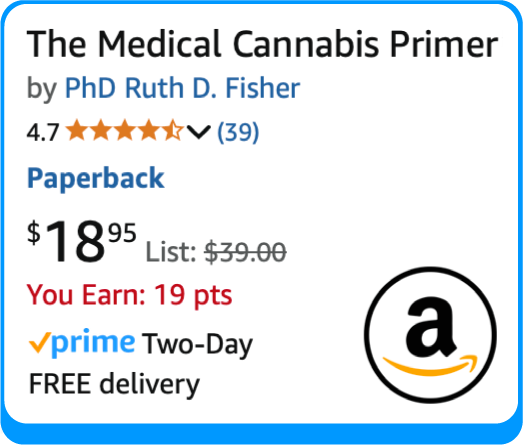1. Cannabinoid receptors and neurotransmitters are upregulated in tumor tissue.[1], [2]
Studies show that cancer cells contain more cannabinoid receptors and endocannabinoids. In other words, tumors are sensitive to (one might even say our bodies are looking for) cannabinoids.
2. Cannabis addresses both cancer causes as well as its symptoms.
-
Cannabis not only hinders the growth and metastasis of tumors, but it has been shown to actually shrink tumors.[1], [3]
Studies show cannabis prevents cancer cells from multiplying and spreading, it prevents the formation of new blood vessels to nourish cancer cells, and it induces cell death in cancer cells.
-
Cannabis helps decrease nausea, increase appetite, and decrease pain in cancer patients.[4], [5]
“Cannabinoids… may exert palliative effects in cancer patients by preventing nausea, vomiting, and pain and by stimulating appetite.”[5]
Emerald Health, a Canadian cannabis pharmaceutical company, is developing what could be a “holy grail” treatment for sufferers of Multiple Sclerosis (MS).
So how does the Endocannabinoid System (ECS) in our bodies work? To understand this, we first have to understand some basics about cells and cell-to-cell communications.
Cells
A cell is the smallest unit of life. Cells are often called the "building blocks of life." Our bodies are comprised of trillions and trillions of different cells, approximately 32.7 trillion cells in all, of more than 200 different types.
Cells Cluster
Each cell has a particular function to perform. At the same time, however, cells cluster to form tissues, organs, and body systems, where they work together with other cells to serve larger functions (see Figure 1)
Figure 1: Cell Clusters

There are many different methods used to process cannabis and obtain its active ingredients. As far as cannabis users are concerned, the primary difference between the various processes is: which components from the original plant remain in the final extract?
The cannabis world is all a buzz about cannabis honey. The talk is not about taking honey and infusing it with cannabis, but rather feeding cannabis to bees and having the bees incorporate cannabis into the honey they make. It’s bee-made cannabis honey, not man-made.
The reason for the buzz is that bee-made cannabis honey has a much faster onset – “five to ten minutes compared with thirty to ninety” – together with “100 times the efficacy of cannabis-infused [i.e., man-made] honey.”[1] So it’s not the honey that’s making the cannabis more bioavailable; it’s something else.
What, exactly, are bees doing to the cannabis to make it so much more accommodating for medical cannabis use?!
This analysis seeks to answer two questions:
- How do bees process cannabis?
- How is bee-processed cannabis incorporated into honey?


